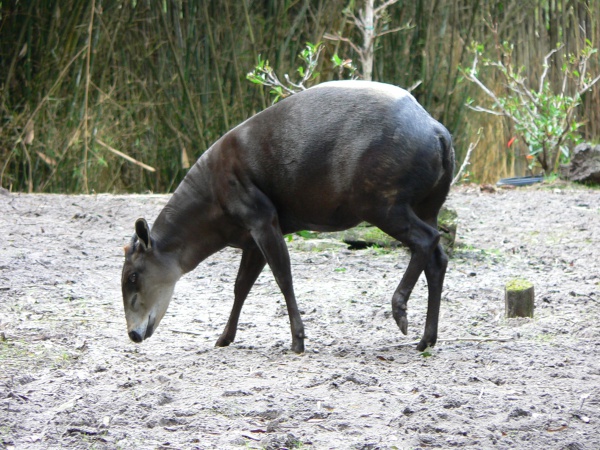Facts About Yellow-backed duiker
The yellow-backed duiker is a distinctive forest-dwelling antelope from the Bovidae family, classified within the Artiodactyla order. These fascinating creatures inhabit Central and Western Africa, with their range spanning from Senegal to Western Uganda, extending to Rwanda, Burundi, and Zambia. Scientifically identified as Cephalophus sylvicultor, this species was first described in 1815 by the English botanist Adam Afzelius.
What distinguishes the yellow-backed duiker is its unique appearance. The antelope has a rounded body, short horns, and a conspicuous patch of yellow hair on its rump. These duikers are generally solitary or found in pairs, making them relatively elusive and less studied compared to other ungulates. They are active both day and night, thriving in various forest habitats and primarily subsisting on a diet of fruits.
In terms of reproduction, yellow-backed duikers can breed throughout the year. Females typically give birth to a single offspring after a gestation period of 4 to 7 months. They reach sexual maturity at different times for males and females. While their lifespan in the wild is about 10-12 years, they can live up to 22.5 years in captivity.
Unfortunately, these antelopes face significant threats from bushmeat hunting, leading to concerns about their population decline. The International Union for Conservation of Nature (IUCN) currently lists them as near-threatened. The loss of yellow-backed duikers could have serious ecological repercussions, as they play critical roles as seed dispersers and prey for various predators.

 Burundi
Burundi